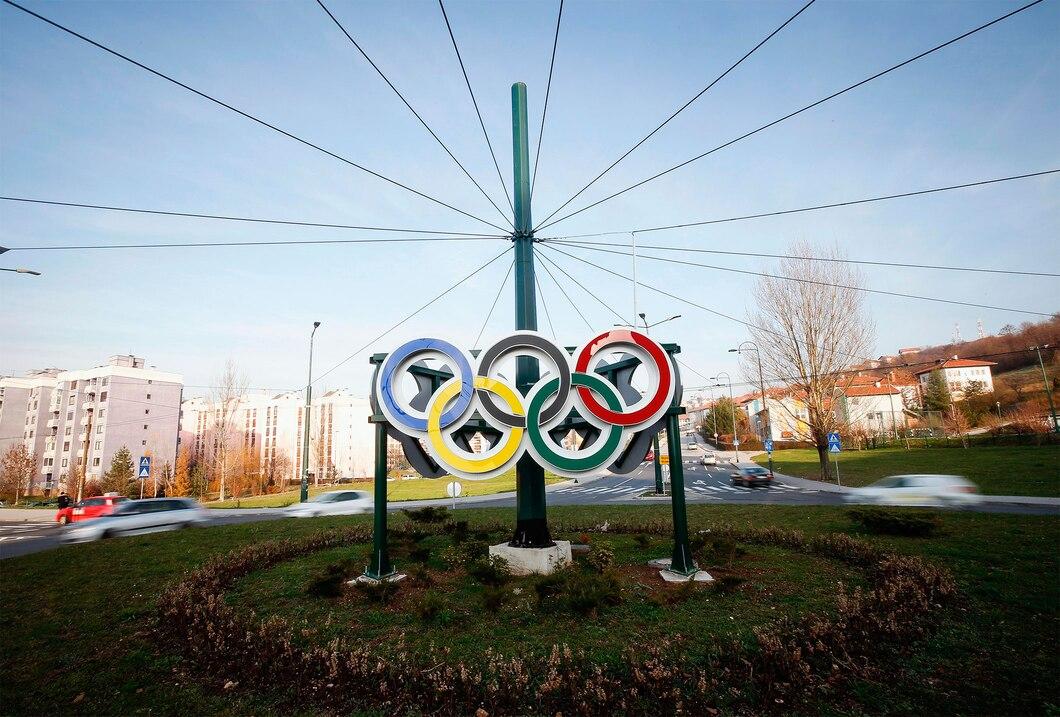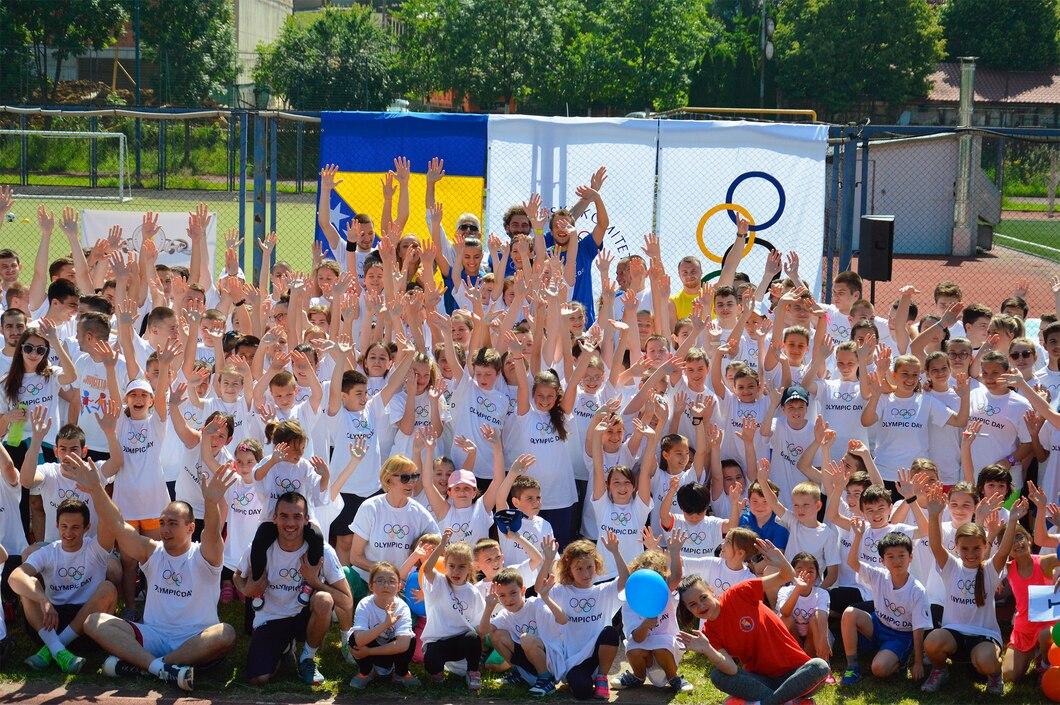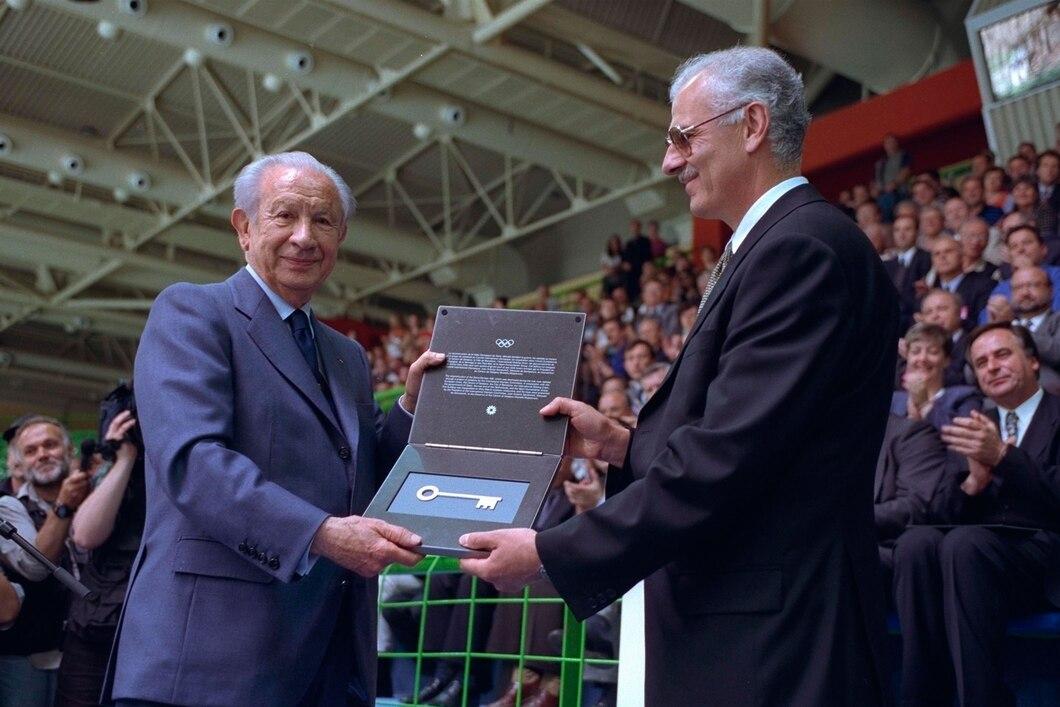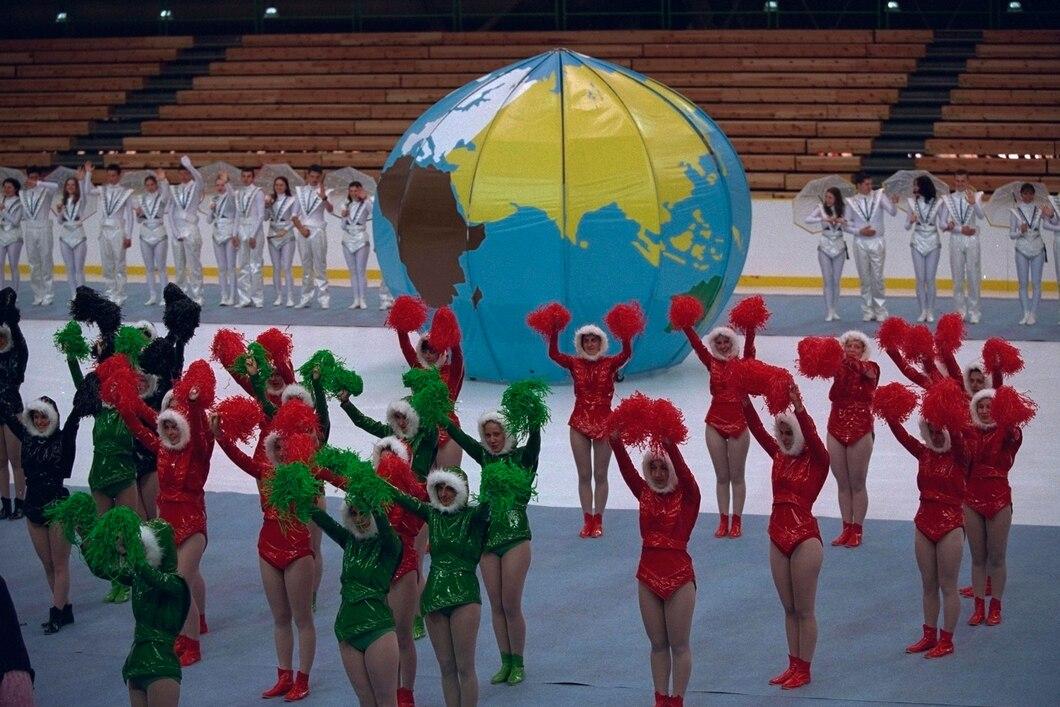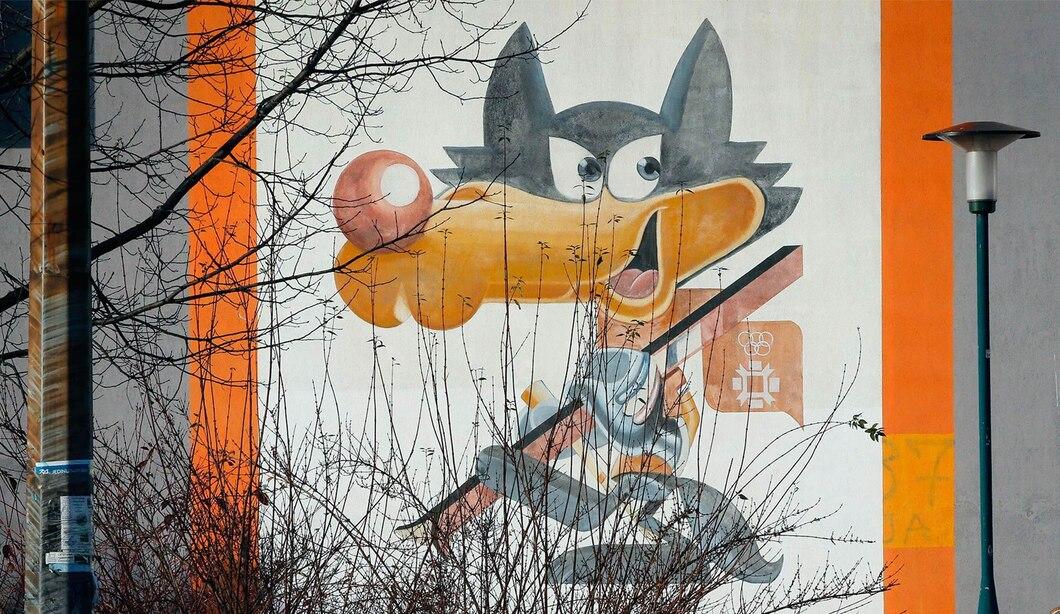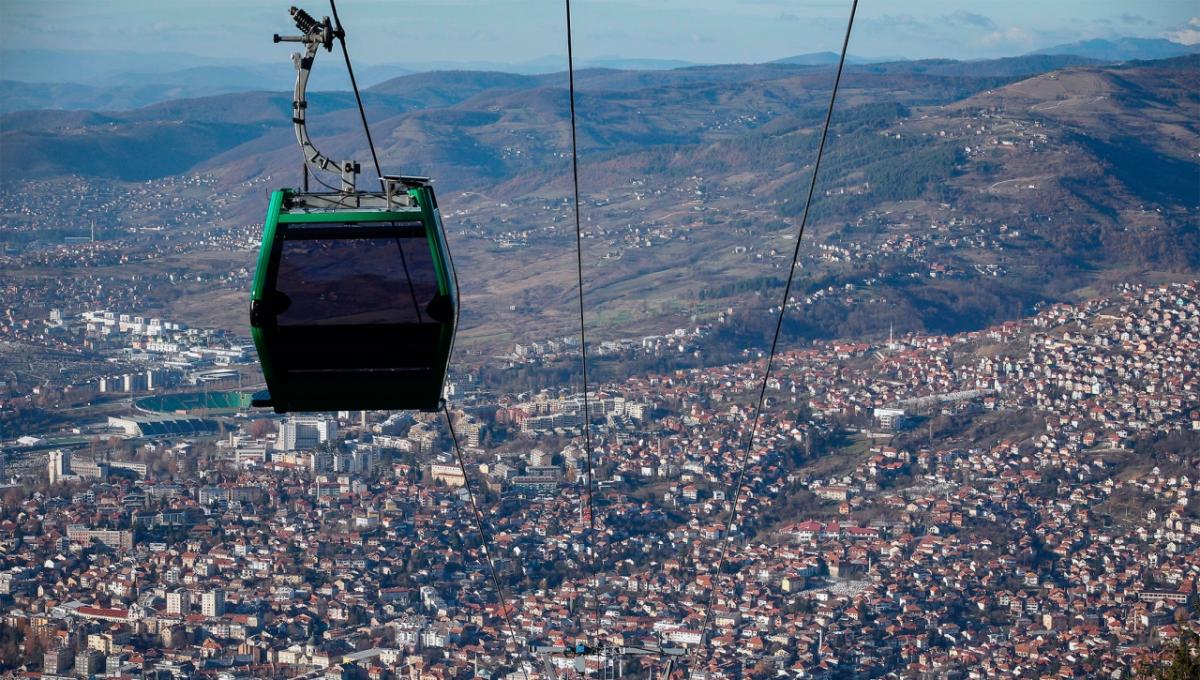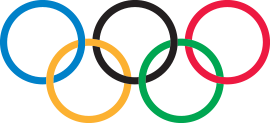Olympic Games Sarajevo’84: The Human Legacy That Has Stood the Test of Time
Few Olympic cities have had to overcome so many post-Games difficulties as Sarajevo. In 1984, it was part of Yugoslavia, which became the first socialist state to host a Winter Games. Highlights included Norway’s Eirik Kvalfoss dominating the biathlon, Katarina Witt of East Germany shining in the speed skating, and the perfect performances of Great Britain’s figure skaters, Jayne Torvill and Christopher Dean. The Games gave the city’s image a boost, refreshed its infrastructure and supercharged its passion for sport.
But eight years later, Sarajevo found itself at the heart of the bloody Bosnian War. The conflict, which lasted from 1992 to 1995, briefly divided the Olympic city into two distinct territories.
An independent Bosnia and Herzegovina emerged, but its capital had been destroyed – including most of the buildings and infrastructure developed for the Games. It was a huge, symbolic blow to Sarajevo’s rich Olympic heritage.
“Sarajevo was in the longest siege in the modern history of war,” explains Nedzad Fazlija, a five-time Olympian and Senior Associate for Sport and Sport Education at the Department of Education, Culture, Sport and Youth for the city of Sarajevo. “In this destruction, no Olympic facilities were spared.
“The first objects destroyed in Sarajevo were Olympic facilities. It was very difficult to live in the city, to cope without water, food, warmth. For sport, of course, it was not a good time. But the Olympic spirit of the city gave people the strength to endure another day, another week, another month. The people helped each other as they could.”
In the 24 years since the end of hostilities, that togetherness has shone through. “It drove people to clear the ruins, repair buildings, roads and infrastructure. Sarajevo was progressing every day, and life returned to the city,” says Fazlija.
The city dealt with the legacy and damage of the conflict in an admirable manner. International and inter-organisational cooperation, plus volunteer energies, were vital. The Olympic Village in Mojmilo, in tatters, was redeveloped in partnership with the city of Barcelona. Indeed, through such solidarity initiatives, Barcelona and Sarajevo have been twin cities since 2000. The IOC, meanwhile, contributed significantly to the reconstruction of the Zetra Olympic Hall, donating USD 11.5 million to aid the efforts of the stabilisation force in Bosnia and Herzegovina.
The building, inaugurated in 1982 by Juan Antonio Samaranch, was named after the former IOC President following his death in 2010. Today the venue hosts concerts, fairs and conferences, and is home to Bosnia’s national handball, futsal and ice hockey teams. In July 2018, it staged the European U18 Judo Championships.
“Very soon after the end of the war, the youth began sports activities again, but with no facilities,” says Fazlija. “Day after day, it was about repairing. But that desire for success, proving that you are fighting for your country in sports competitions, gave new hope to people to start a new fight, to restore the ruined city, and to continue to fight for the country in the sports field.”
Post-Games, the Olympic bobsleigh and luge track had been well used, but later became an artillery position for Bosnian-Serb forces. Heavily damaged, in 2014, restoration efforts began with the help of volunteers, the national bobsleigh federation, and a grant from the International Luge Federation, which also provided on-site support. As a result, Slovakia has now started to use the venue as a summer training base, with Poland, Turkey, Slovenia, Croatia and Serbia all following suit.
Multiple anniversary celebrations have taken place over the years. On the tenth, in 1994, exhibitions and concerts were held in the city’s national theatre – despite artillery battles taking place all around. Twenty years on, a new Sarajevo Olympic museum opened inside the Juan Antonio Samaranch Olympic Hall, showcasing Games artefacts from ’84 and giving contemporary artists from the region a chance to exhibit. And 30 years after their golden moment, in 2014, Torvill and Dean returned to Sarajevo to perform their now-legendary Bolero dance.
The Games continue to play a central role in the identity of the region, seen as a symbol of strength and a way to celebrate peace-building and inter-regional cooperation. Many sites are explicitly designated as “Olympic”, (Skenderija Olympic Hall; Bjelašnica, Olympic Mountain; or the Olympic Stadium). The rings can still be spied around the city and, in the centre, many shops sell souvenirs related to the Games (the mascot, Vučko, is especially popular).
In February 2019, the highly successful European Youth Olympic Winter Festival took place across the region, with a programme of eight sports, more than 1,200 volunteers and 46 NOCs sending over 900 athletes. The revitalised Bjelašnica ski resort was at the heart of this event, and will continue to benefit locals for the foreseeable future.
“Sarajevo was a very successful host of the Winter Olympics,” says Fazlija. “We are one of the few that can boast of being an Olympic city. We are very proud of that, we appreciate it, and we are grateful that we were entrusted. A huge number of volunteers were engaged in preparing everything. Everyone was proud.
“This atmosphere, which ruled for the Games, created something that we call the Olympic spirit, which has remained to this day. We built facilities, but the most important profit is the Olympic spirit. It drives and motivates people to get involved in sport, to train, or just to be fans.
“A lasting benefit is that the spirit is transmitted from generation to generation. Almost every child practised some sport. The Olympic spirit creates new athletes, new recreational players.” It is these people – the human legacy of Sarajevo ’84 – that represent this great city’s future.

